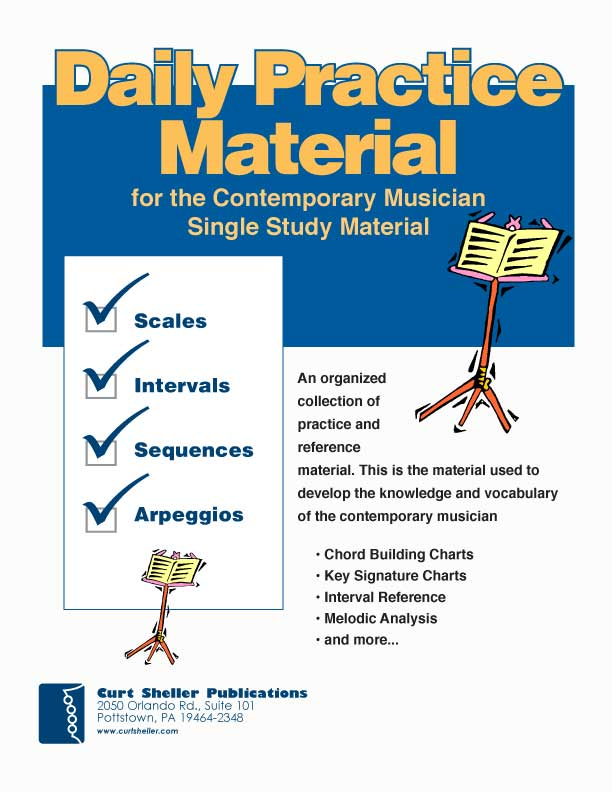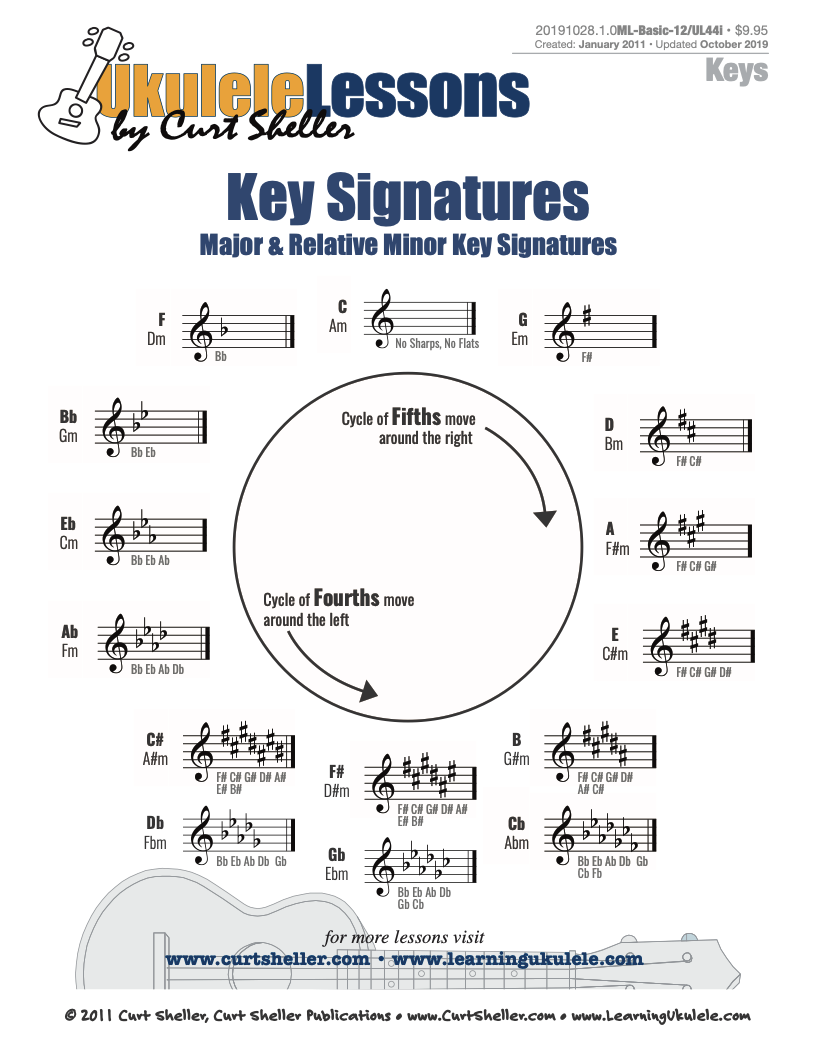A key signature is a summary of the sharps or flats in a Major or its relative Natural Minor scale. Key signatures are generally written immediately after the clef at the beginning of a line of standard musical notation. Each major and minor key has an associated key signature that sharpens or flattens the notes which are used in its scale.
A key signature is a summary of the sharps or flats in a Major or its relative Natural Minor scale.
Key signatures are generally written immediately after the clef at the beginning of a line of standard musical notation. Each major and minor key has an associated key signature that sharpens or flattens the notes which are used in its scale.
Available for Premium Site Access Plans Only
Key Signatures
What is a Key Signature?
In musical notation, a key signature is a collection of sharp or flat symbols placed together on the staff. Key signatures are generally written immediately after the clef at the beginning of a line of musical notation, although they can appear in other parts of a score, notably after a double bar line. The key signature provides important information about the notes that should be consistently altered throughout the piece.
The purpose of a key signature is to simplify the notation and reading of music. Instead of having to notate every accidental (sharps or flats) individually, the key signature establishes a consistent alteration of specific notes throughout the composition.
Although a key signature may be written using any combination of sharp and flat symbols, about a dozen diatonic key signatures are by far the most common, and their use is assumed in much of this lesson.
The presence of sharps (♯) or flats (♭) in the key signature indicates which notes should be raised or lowered by a half step (semitone) from their natural pitch. Sharps are indicated by symbols placed on specific lines or spaces of the staff, while flats are indicated by symbols on different lines or spaces. The order and placement of these symbols in the key signature follow a specific pattern.
The key signature not only provides information about the altered notes but also helps musicians identify the tonal center of a piece. It influences the overall character, mood, and harmonic structure of the music.
Each major and minor key has an associated key signature that sharpens or flattens the notes which are used in its scale.
By understanding and recognizing key signatures, musicians can more easily read and interpret sheet music, improvise melodies, transpose music to different keys, and understand the relationships between different chords and notes within a given key.
ALL 15 Major and Relative Minor Keys
A key signature is a summary of the sharps or flats in a Major or it’s relative Natural Minor scale.
Key signatures are generally written immediately after the clef at the beginning of a line of standard musical notation. Each major and minor key has an associated key signature that sharpens or flattens the notes which are used in its scale.
In addition to the Key of C Major and it's Relative Minor Key of Am , there are 14 additional major keys.
If a song or composition has a major tonal shift a new key signature will be introduced with the previous key signature canceled with the use of the natural accidental.
C Major / A Minor
It all starts with the Major scales and there‘s not better scale to start with than the C Major scale .
All Natural Notes
Sharp ( # ) Keys
All Natural Notes
Flat ( b ) Keys
Common Keys
Common Rock, Pop, Folk and Country Keys: C, G, D, A, and E.
These common keys can be directly attributed to the popularity of the guitar in popular popular music.
Common Jazz Keys
Common Jazz Keys: C, F, Bb, Eb, Ab, Db, and the lone sharp key of G.
This is directly attributed to the popularity of the trumpet and saxophone in this genre of music. Both the trumpet and tenor saxophone are transposing instruments pitched in Bb.
WidipediA: Has a lot of additional information regarding Keys and Key Signatures .
Related Lessons, Videos, Lesson Series, Songs, Books & Reference Charts, Resources & Assets, Workshops are below.

Harmonic Analysis (HA), also known as the study of chord relationships, is the method used to identify the harmonic role of chords within a chord progression or song. A chord progression refers to a sequence of chords, with each chord having a root note and belonging to a specific chord type. The function of a chord within a particular scale's tonality is determined by its relationship to that scale.

Harmonic Analysis is the understanding of the functional sequence of chords. It is the process used to analyze the harmonic structure of a progression, song or composition. This analysis is then used to make scale selections for improvisation and chord substitution.

Daily Practice Material for the Contemporary Musician is an organized collection of daily practice and reference material for the contemporary ukulele player. This material can be used to develop the vocabulary and knowledge necessary for single note playing.

Finally, learn the names of the notes of the ukulele fingerboard in C tuning .

Learn the six fingering principles to navigating the ukulele fingerboard. Fingering is one of the most universal topics. Book: Six Secrets of the Ukulele Fingering

Harmonic Analysis is the understanding of the functional sequence of chords. It is the process used to analyze the harmonic structure of a progression, song or composition. Book: Harmonic Analysis for Scale Selection and Chord Substitution

Learn to read single note melodies in the first/open position is a lot easier than you might think. Book: Ukulele – Reading Music Series – Primer

An organized collection of daily practice and reference material for the contemporary ukulele player for developing the vocabulary and knowledge necessary for single note playing. Book: Daily Practice Material for the Contemporary Ukulele
Checkout the Books & Reference Charts for additional Handy, Dandy Reference Charts.

Ukulele Fingerboard Chart for C Tuning, Low or High G – G C E A

Ukulele Fingerboard Chart for G Tuning, Low or High A – D G B E

A handy reference chart of all 15 major and relative minor key signatures. US Letter 8.5 x 11 sized (ANSI-A), A4
Checkout the Books & Reference Charts for additional Handy, Dandy Reference Charts.




















.jpg)